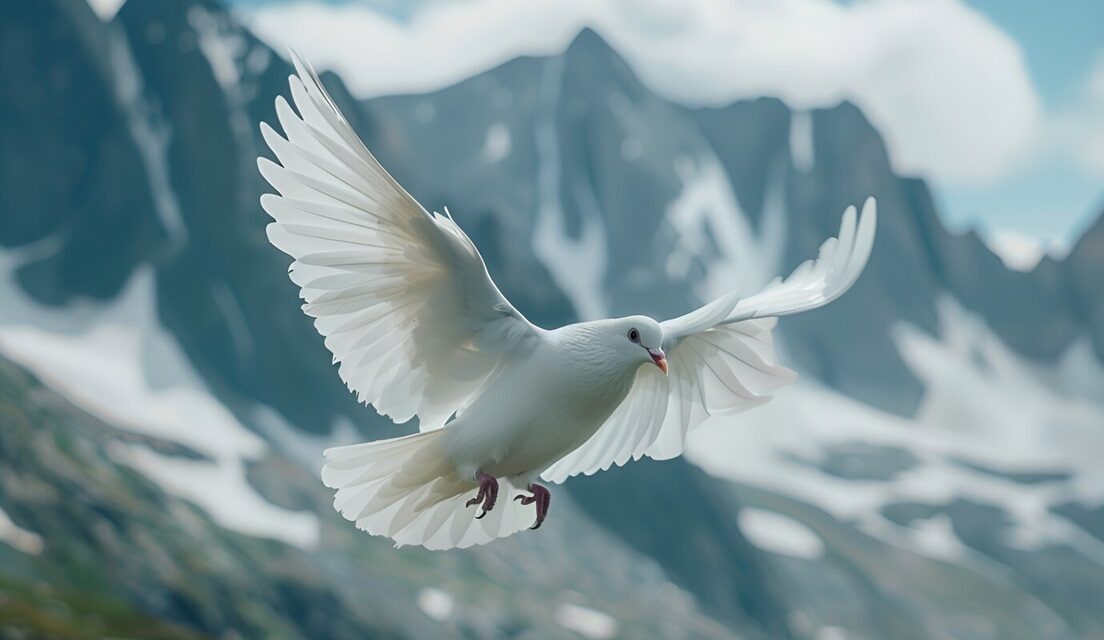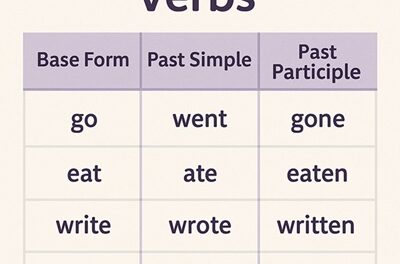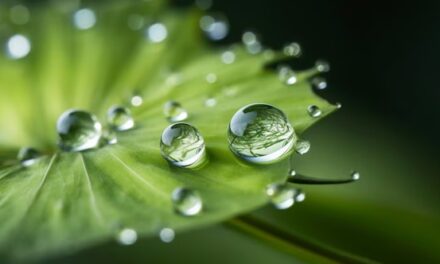Hope is the thing with feathers
By Emily Dickinson
Hope is the thing with feathers
That perches in the soul,
And sings the tune without the words,
And never stops at all,
And sweetest in the gale is heard;
And sore must be the storm
That could abash the little bird
That kept so many warm.
I’ve heard it in the chilliest land,
And on the strangest sea;
Yet, never, in extremity,
It asked a crumb of me.
Introduction to the Poet
Emily Dickinson (1830-1886) was one of America’s greatest poets, though she was barely known during her lifetime. She lived most of her life in Amherst, Massachusetts, and became increasingly private as she grew older. Dickinson wrote nearly 1,800 poems, but only a handful were published while she was alive. Her poems are known for their unique style—short lines, unconventional capitalization, and abundant use of dashes. She often wrote about nature, death, immortality, and the human experience. Today, she is celebrated for her original voice and deeply thoughtful poems that continue to inspire readers of all ages.
About the Poem
“Hope is the thing with feathers” is one of Emily Dickinson’s most beloved poems. Written around 1861, this poem uses the beautiful metaphor of a bird to describe hope. Dickinson shows how hope stays with us through difficult times, singing its song even during storms and hard situations. The poem suggests that hope is always present in our lives, providing comfort without asking for anything in return. Through simple but powerful language, Dickinson helps us understand that hope is a resilient force that lives inside us and never abandons us, even in our darkest moments. This relatable message about the enduring nature of hope continues to resonate with readers of all ages around the world.
Image Courtesy

















